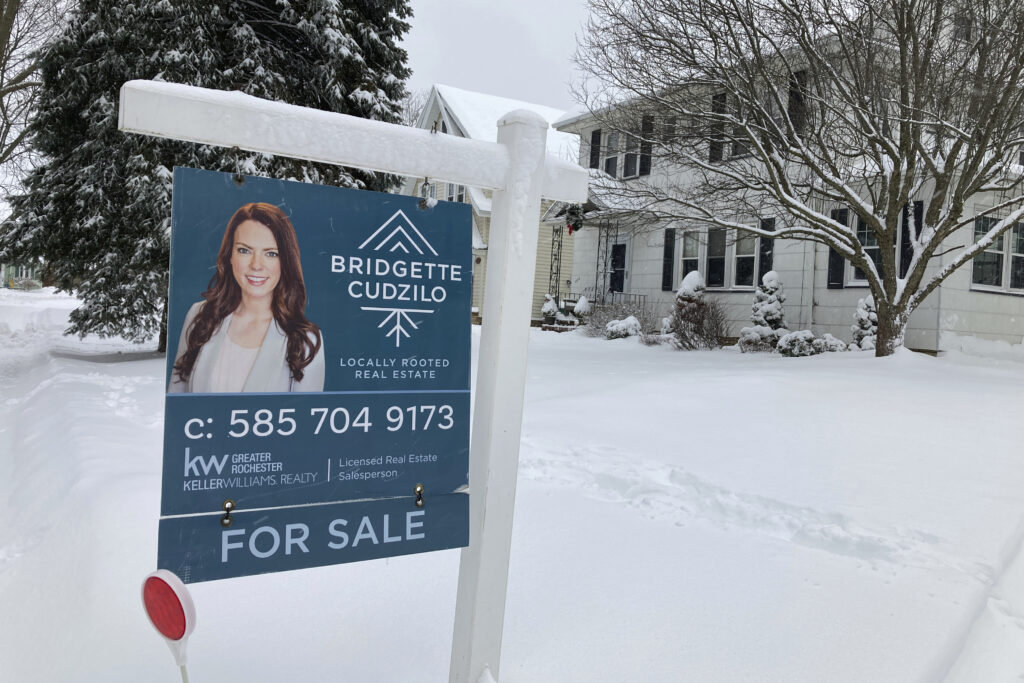Mortgage rates shot up for the third-straight week, as inflation concerns make rates more volatile. The 30-year fixed-rate mortgage averaged 6.5% in the week ending February 23, up from 6.32% the week before, according to data from Freddie Mac released Thursday. A year ago, the 30-year fixed-rate was 3.89%. Rates had been trending downward after hitting 7.08% in November, but are now climbing again,up about half a percentage point in a month. A slew of robust economic data suggests the Federal Reserve is not done in its battle to cool the US economy and will likely continue hiking its benchmark lending rate. The Associated Press has the story:
Average long-term mortgage rate rose to 6.5%
Newslooks- (AP)
The average long-term U.S. mortgage rate jumped this week to its highest level since November, more grim news for a housing market that’s been in decline for a year.
Mortgage buyer Freddie Mac reported Thursday that the average on the benchmark 30-year rate rose to 6.5% from 6.32% last week. The average rate a year ago was 3.89%.
The average long-term rate reached a two-decade high of 7.08% in the fall as the Federal Reserve continued to raise its key lending rate in a bid to cool the economy and quash persistent, four-decade high inflation.
At its first meeting of 2023 earlier this month, the Fed raised its benchmark lending rate by another 25 basis points, its eighth increase in less than a year. That pushed the central bank’s key rate to a range of 4.5% to 4.75%, its highest level in 15 years.
Fed Chair Jerome Powell noted at the time that some measures of inflation have eased, but appeared to suggest that he foresees two additional quarter-point rate hikes this year. Minutes from that meeting released Wednesday mostly corroborated that view, but a series of strong economic reports in recent weeks has some analysts forecasting more than two rate increases this year, to a range of 5.25% to 5.5%.
While the Fed’s rate hikes do impact borrowing rates across the board for businesses and families, rates on 30-year mortgages usually track the moves in the 10-year Treasury yield, which lenders use as a guide to pricing loans. Investors’ expectations for future inflation, global demand for U.S. Treasurys and what the Federal Reserve does with interest rates can also influence the cost of borrowing for a home.
The big rise in mortgage rates during the past year has battered the housing market, with sales of existing homes falling for 12 straight months to the slowest pace in more than a dozen years. January’s sales cratered by nearly 37% from a year earlier, the National Association of Realtors reported on Tuesday.
For all of 2022, NAR reported last month that existing U.S. home sales fell 17.8% from 2021, the weakest year for home sales since 2014 and the biggest annual decline since the housing crisis began in 2008.
Higher rates can add hundreds of a dollars a month in costs for homebuyers, on top of already high home prices.
The rate for a 15-year mortgage, popular with those refinancing their homes, climbed this week to 5.76% from 5.51% last week. It was 3.14% one year ago.







